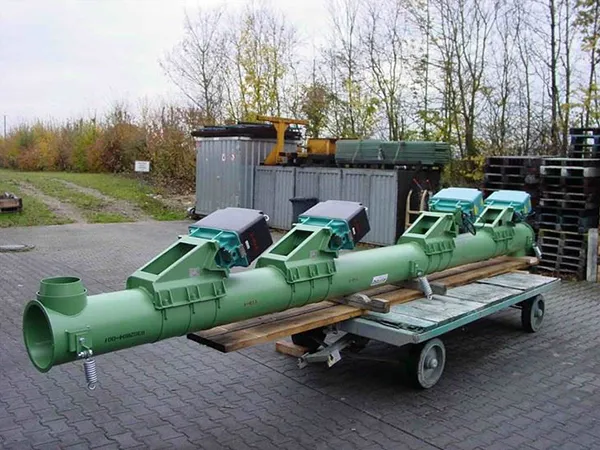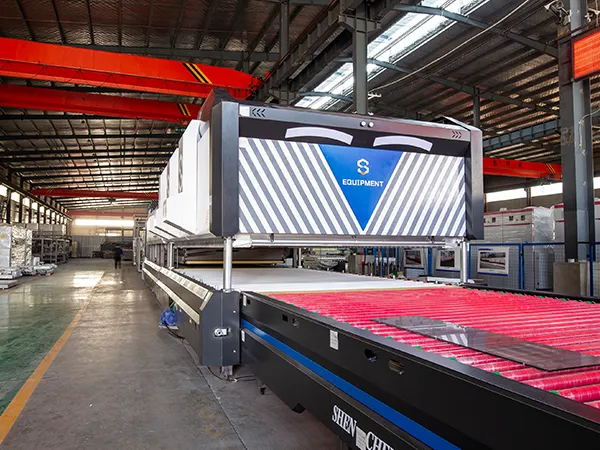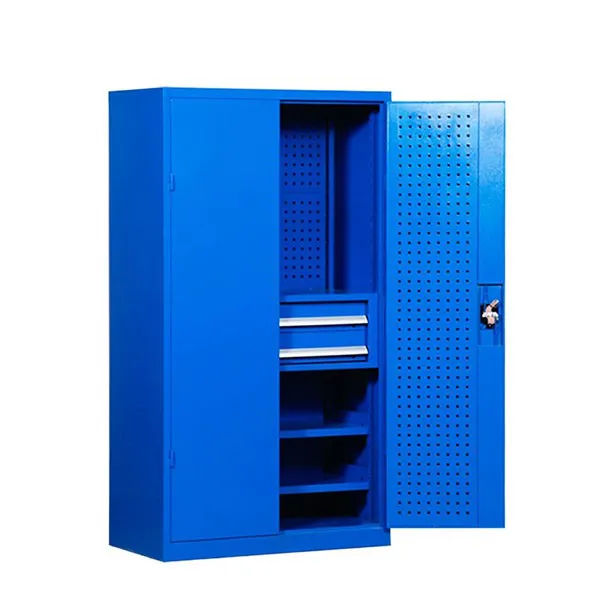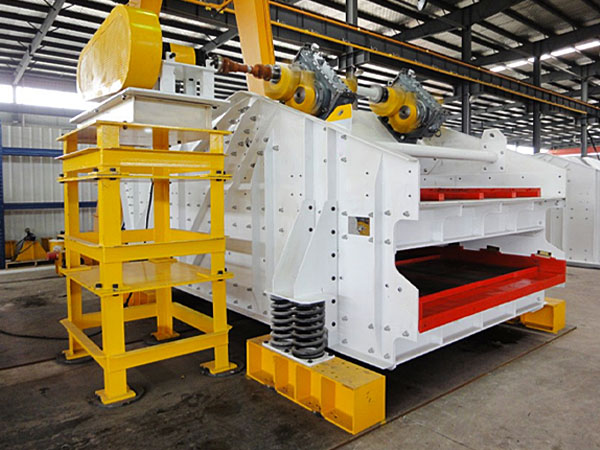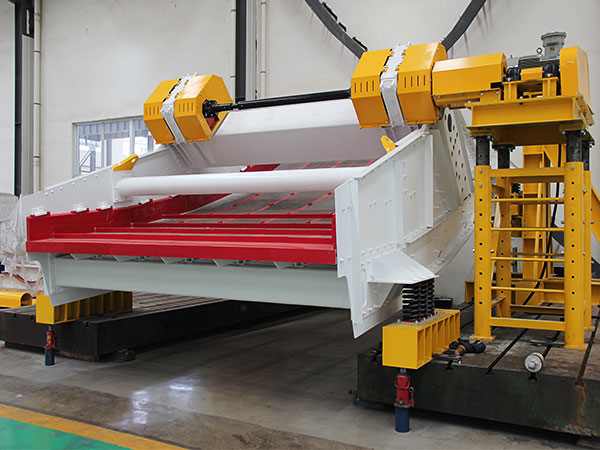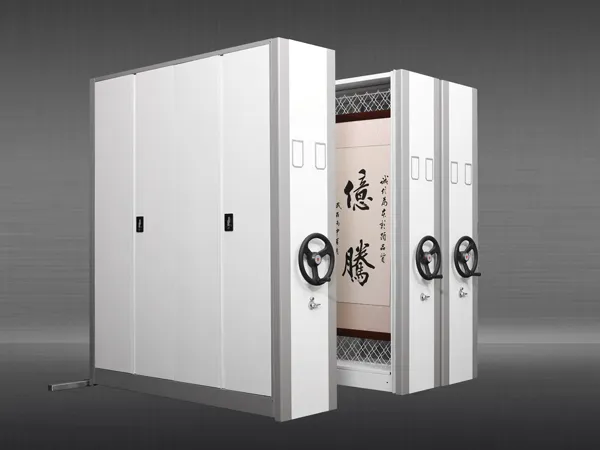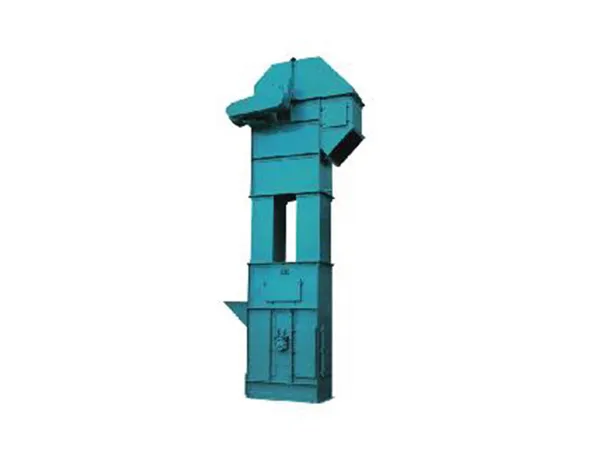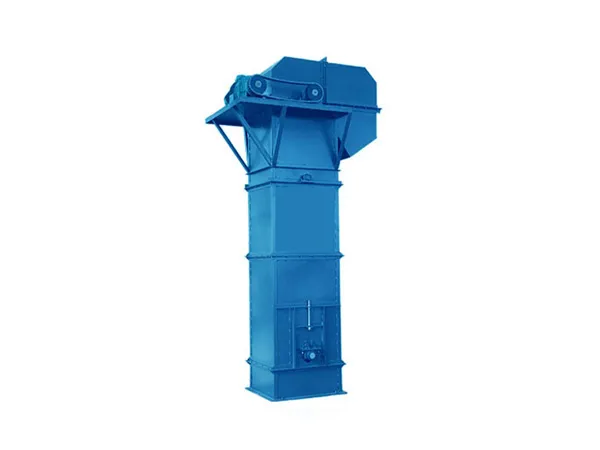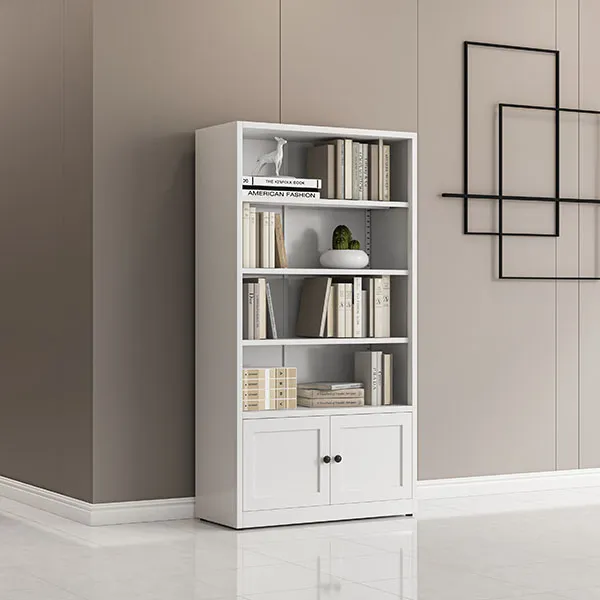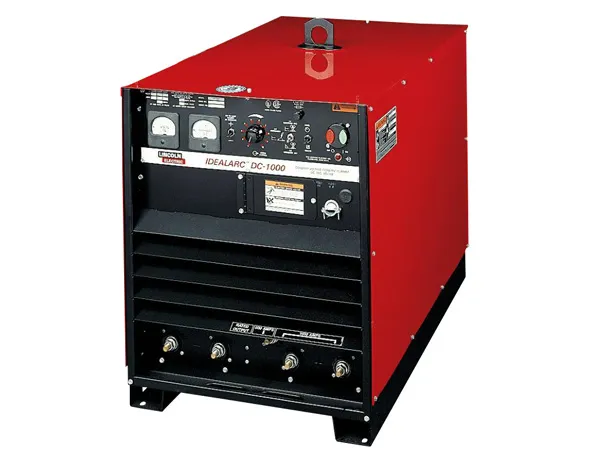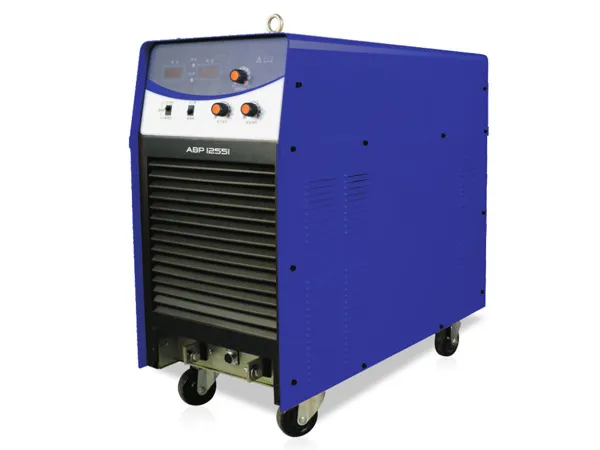UNA alimentador vibratorio is an equipment designed to feed material consistently and uniformly to a process or machine. It uses vibration to move material along a trough or chute to the desired location. Vibrating feeders are widely used in various industries due to their efficiency and reliability.
The price of vibrating feeders can vary widely based on factors such as size, capacidades, complejidad, and specific industry requirements. Here’s a general overview of the price ranges.
Vibrating feeders price
Electromagnetic Vibrating Feeders
Small and medium-sized units typically range from $100 a $500 per piece. Larger units can range from $2,400 a $6,500 per piece depending on capacity and additional features.
Large Vibrating Feeders
For heavy-duty applications, such as those used in mining or large-scale industrial processes, prices can range from $8,000 a $56,000 per piece. These prices depend on the specific model, maximum feeding capacity, y características adicionales .
Specialized Vibrating Feeders
Some feeders designed for very specific purposes, like certain types of mining or material handling, puede variar desde $25,000 a $85,000 per piece .
Factors affecting the price of vibrating feeder
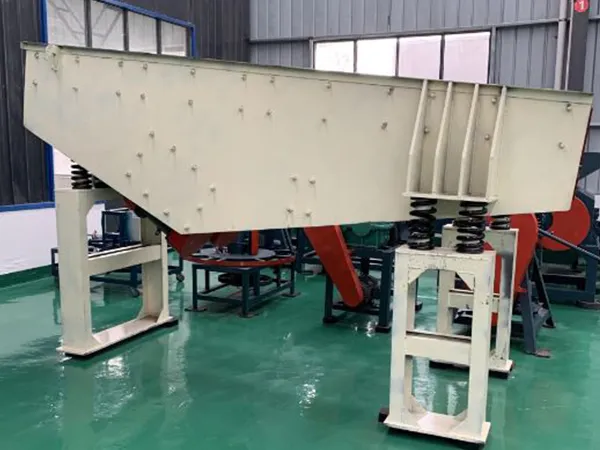
Design and Specifications
Capacidad: Feeders designed for higher capacity will generally cost more.
Dimensiones: Larger feeders require more materials and construction effort.
Design Complexity: Custom designs or feeders with advanced features (p.ej., control de velocidad variable, multiple feeding points) can increase costs.
Materiales y Construcción
Calidad de material: The type and grade of materials used (p.ej., acero inoxidable, carbon steel) impact the price.
Durabilidad: Feeders designed for abrasive or corrosive environments may require specialized coatings or materials, increasing the cost.
Type of Vibrating Mechanism
Electromagnetic vs. Electromechanical: Electromagnetic feeders are generally more precise and suitable for fine control, often costing more than electromechanical feeders.
Frecuencia y amplitud de vibración: Customization in vibration parameters can affect the price.
Sistemas de control
Basic Controls: Simple on/off controls are less expensive.
Advanced Controls: Features such as programmable logic controllers (PLC), remote monitoring, and automation increase costs.
Marca y fabricante
Reputación: Well-known brands or manufacturers with a reputation for quality may charge a premium.
Country of Origin: Feeders manufactured in regions with higher labor or production costs may be more expensive.
…
For more detailed information about vibrating feeder prices and factors affecting prices, por favor haga clic para visitar: https://www.zexciter.com/en/a/news/vibrating-feeder-price.html

